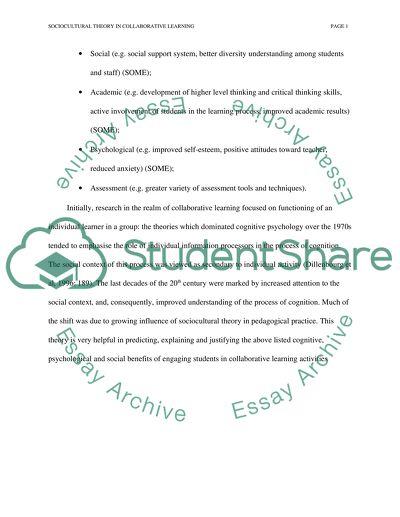Cite this document
(“Sociocultural theory in collaborative learning Essay”, n.d.)
Sociocultural theory in collaborative learning Essay. Retrieved from https://studentshare.org/education/1538640-sociocultural-theory-in-collaborative-learning
Sociocultural theory in collaborative learning Essay. Retrieved from https://studentshare.org/education/1538640-sociocultural-theory-in-collaborative-learning
(Sociocultural Theory in Collaborative Learning Essay)
Sociocultural Theory in Collaborative Learning Essay. https://studentshare.org/education/1538640-sociocultural-theory-in-collaborative-learning.
Sociocultural Theory in Collaborative Learning Essay. https://studentshare.org/education/1538640-sociocultural-theory-in-collaborative-learning.
“Sociocultural Theory in Collaborative Learning Essay”, n.d. https://studentshare.org/education/1538640-sociocultural-theory-in-collaborative-learning.


